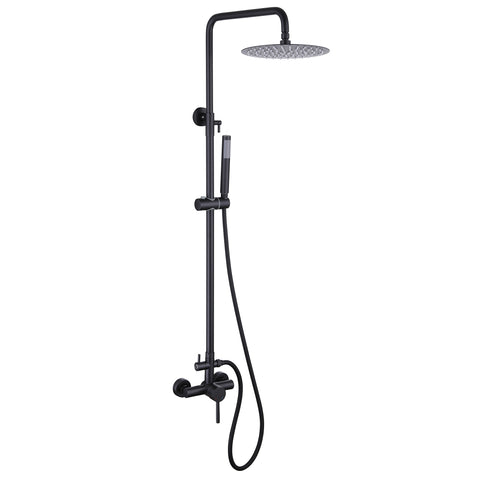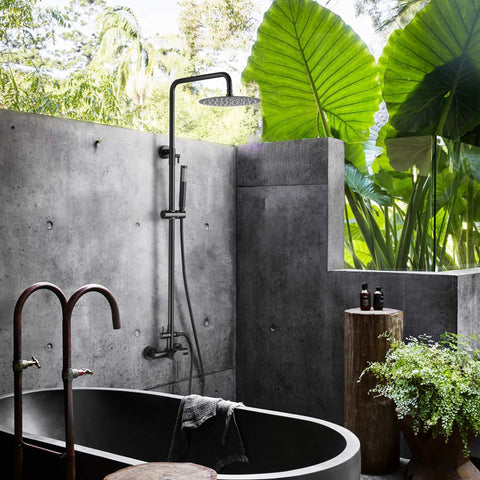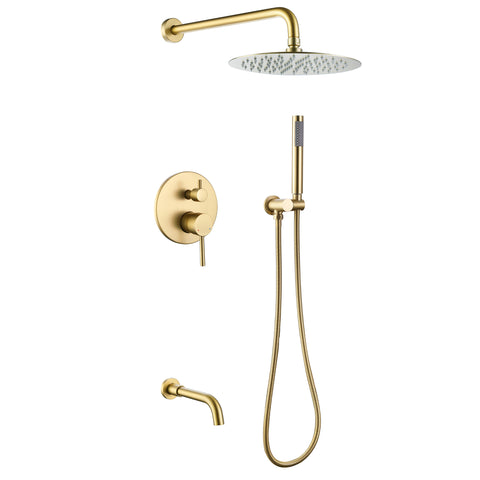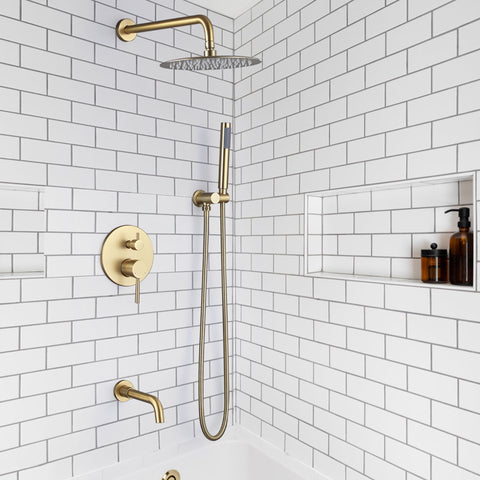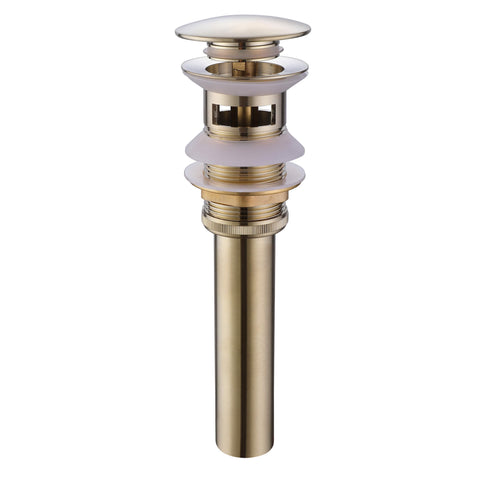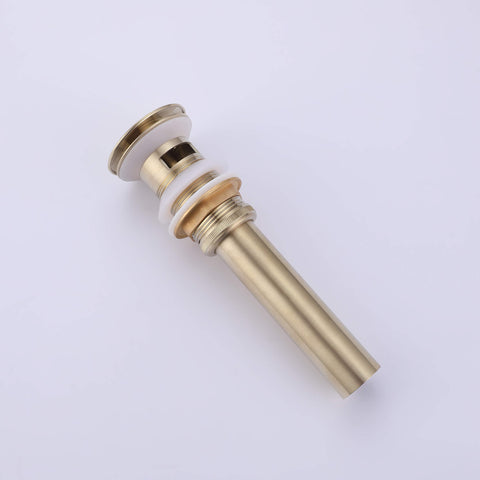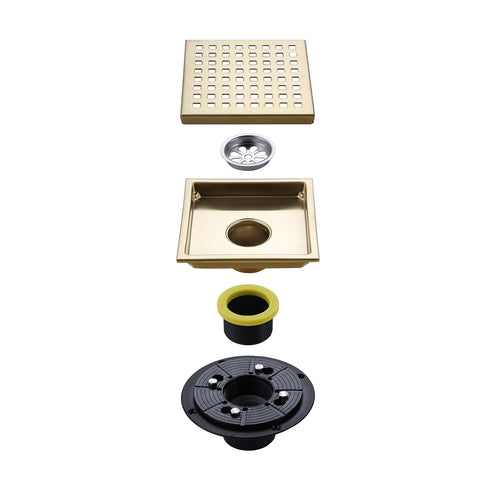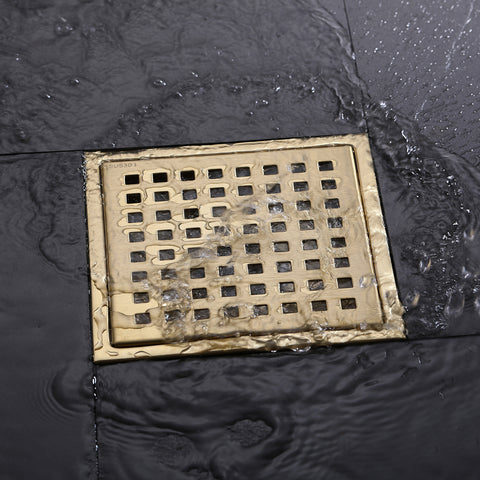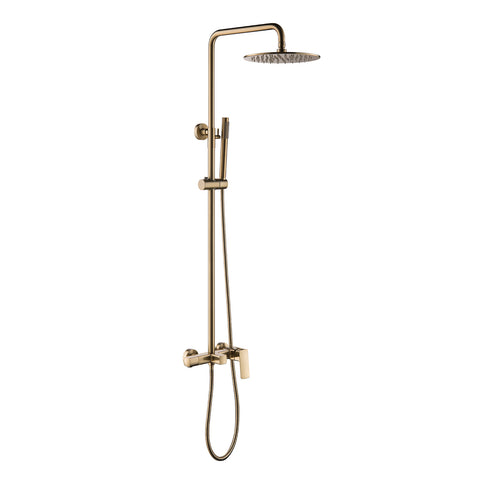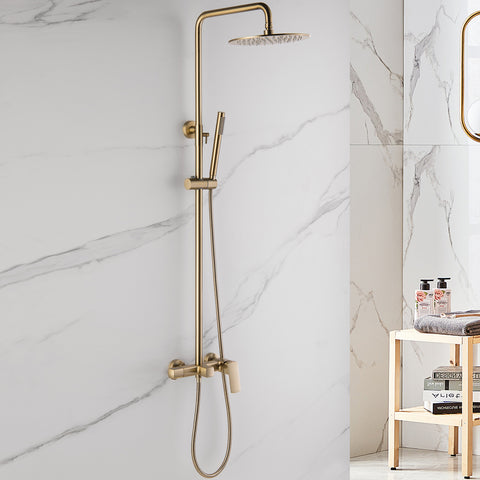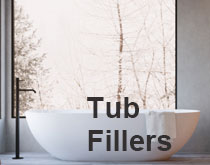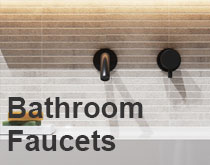How to Choose the Best Bathroom Faucet Material
There are many types of faucets on the market. You will find faucets in different styles, models, sizes, designs, colors, qualities, and maybe that's why deciding on one or the other model is so complicated. When choosing a sink faucet, besides the style or appearance of the faucet you want, one of the most important considerations is the material of the faucet.
Since the bathroom faucet is the crown jewel of any bathroom, you need to carefully consider the design of this bathroom faucet. With different colors, shapes and surfaces, the possibilities of bathroom fittings are unlimited. When choosing a faucet, please combine the design of the entire bathroom. The size of the bathroom should also be taken into account, what type of faucet can usually be found in houses of similar style and size.
When it comes to bathroom renovation, you are likely to consider many different factors when purchasing a new appliance. Moderate price and long service life are important factors in determining your new bathroom accessories (including faucets). Each metal finish has its unique advantages in terms of flexibility, cost and bathroom design. Brass, steel, zinc, and plastic are all options for body materials for bathroom fittings. If you're trying to find out which option is best for your space, here are the basic guidelines for choosing the right bathroom faucet material:
Brass Bathroom Faucet
Even though it’s the most expensive option, the solid brass bathroom faucet is the most recommended by DIY enthusiasts. They are known for their ruggedness and long service life with little or no leakage or maintenance required. The polished brass surface looks great and is easy to clean. Satin matte is a great choice for modern bathrooms thanks to its matte finish and bronze color.
Zinc Alloy Bathroom Faucet
Zinc is a great choice for economical bathroom fittings as it is cheaper than solid brass. However, zinc and zinc alloy faucets need to be replaced more frequently since contact with water can cause corrosion over time.
Stainless Steel Bathroom Faucet
Another common material for bathroom fittings is stainless steel. Although it costs a bit less than brass, it usually has a shorter lifespan. Regular steel (not stainless) is very cheap but tends to rust, making it unsuitable for lasting performance in a bathroom.
Plastic Bathroom Faucet
Most renovation professionals agree that you should avoid plastic bathroom faucets. While they’re the cheapest option, they lack durability and typically require frequent replacement.
Recommended Faucet Finishes
Surface treatment is more than just a style choice — the right finish can protect your faucet and extend its lifespan. Try these finishes with brass faucets for a durable and stylish bathroom:
- Chrome Plating: Popular and versatile, chrome works well with various bathroom styles. It’s affordable, scratch-resistant, and easy to clean.
- Bronze: Satin bronze and oil-rubbed bronze finishes are ideal for vintage designs. Although pricier, they’re durable and low maintenance.
- Nickel: Nickel finishes are among the most durable and sophisticated options but tend to be more expensive.
When buying new bathroom faucets, it’s wise to invest in higher-quality materials and finishes. While cheaper options can seem attractive initially, they often end up costing more in the long run due to frequent replacements.
